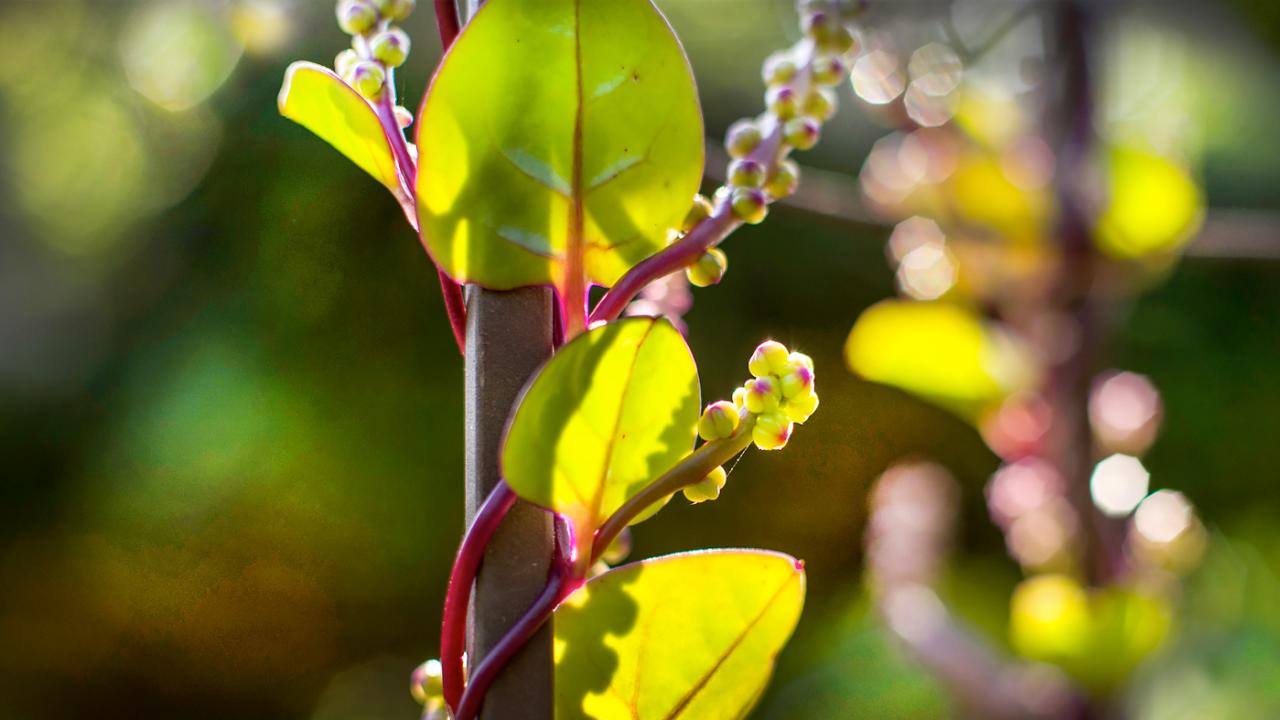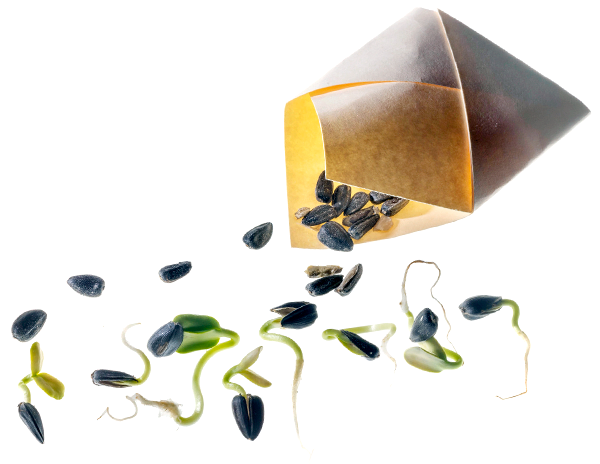

Plants &
Gardening
Garden Stories
Crop Planning
Even when snow is falling and temperatures plummet, I’m working on my backyard vegetable garden. I might not be harvesting tomatoes and zucchini yet, but I am still strategizing and prioritizing so I can squeeze the most out of the upcoming growing season.

With a little advance planning, you can harvest something from your garden from April through October. The trick is to gather what you need now and start dreaming so you can get a jump on things as soon as the weather warms. That’s what our experts do at the Chicago Botanic Garden.
“Timing is everything," says Lisa Hilgenberg, horticulturist, Regenstein Fruit & Vegetable Garden.

Now is the time to start a garden journal—make lists of projects you want to do such as pruning trees, dividing perennials, and creating new garden beds. Flip through seed catalogs and choose the vegetables and flowers you want to grow this year and envision how to lay them out. The renewed interest in gardening lately means that seeds sell out quickly so get your order in early.
One of my winter projects is to get started on crop planning. Make a spreadsheet for the crops you want to grow in order to keep track of your planting dates. I’ve wanted to so in past seasons; this is the year that I’m actually going to do it.
When developing a crop plan, consider issues such as siting, layout, crop rotation, etc. Use seed catalogs to cut out pictures of the crops you want to grow and glue them to cardboard to lay out your garden beds. You can do the same for annuals you want to plant in your containers. Our website includes tips for planning small-space vegetable gardens and early spring crops.
Example Crop Plan

Download a blank crop plan sheet to fill out at home.
Early planning gets you excited for the growing season ahead, but patience is key. “Don’t start planting too early,” advises Tim Pollak, the Garden’s outdoor floriculturist. “Plants that grow inside too long will be weak by the time you plant them outside.”
Crops are typically divided into two seasons, cool and warm. Spring and fall are both cool seasons that many don’t fully utilize in their gardens. In the Regenstein Fruit & Vegetable Garden, Lisa Hilgenberg divides crops into these more specific categories:
Very Hardy
 (broccoli, kale, spinach, cabbage)
(broccoli, kale, spinach, cabbage)
Frost-tolerant
 (lettuce, radish, beets, carrots)
(lettuce, radish, beets, carrots)
Warm Season
 (tomatoes, beans, corn, peppers)
(tomatoes, beans, corn, peppers)
Heat Lovers
 (basil, watermelon, squash, okra)
(basil, watermelon, squash, okra)
Be careful not to start the heat lovers outside until well after the average frost-free date for your area. In the Chicago area, the average frost-free date is about May 15. Tim Pollak says if you plant warm season crops on May 15, you should be prepared to cover them overnight to protect them through the coldest part of the morning. Hilgenberg doesn’t plant the most tender “heat-loving” plants until June 7 to play it safe.
Once you have a crop plan, you can start preparing an indoor growing space and gathering all of the materials you will need for successful seed starting. Anyone can do so, even if it’s your first time growing vegetables from seed.
Last spring, for the first time, I grew my vegetable garden from seed, starting with old seeds I had and an old florescent light. I had long aspired to growing vegetables from seed, but never got around to it. With a little time and TLC, you never know what’s possible—the tomato seed that I grew last summer was 10 years old!
 Get ready for spring with advice from our experts. Sign up now for a horticulture class at the Garden and learn about topics such as exciting spring annuals and planting an organic vegetable garden.
Get ready for spring with advice from our experts. Sign up now for a horticulture class at the Garden and learn about topics such as exciting spring annuals and planting an organic vegetable garden.


